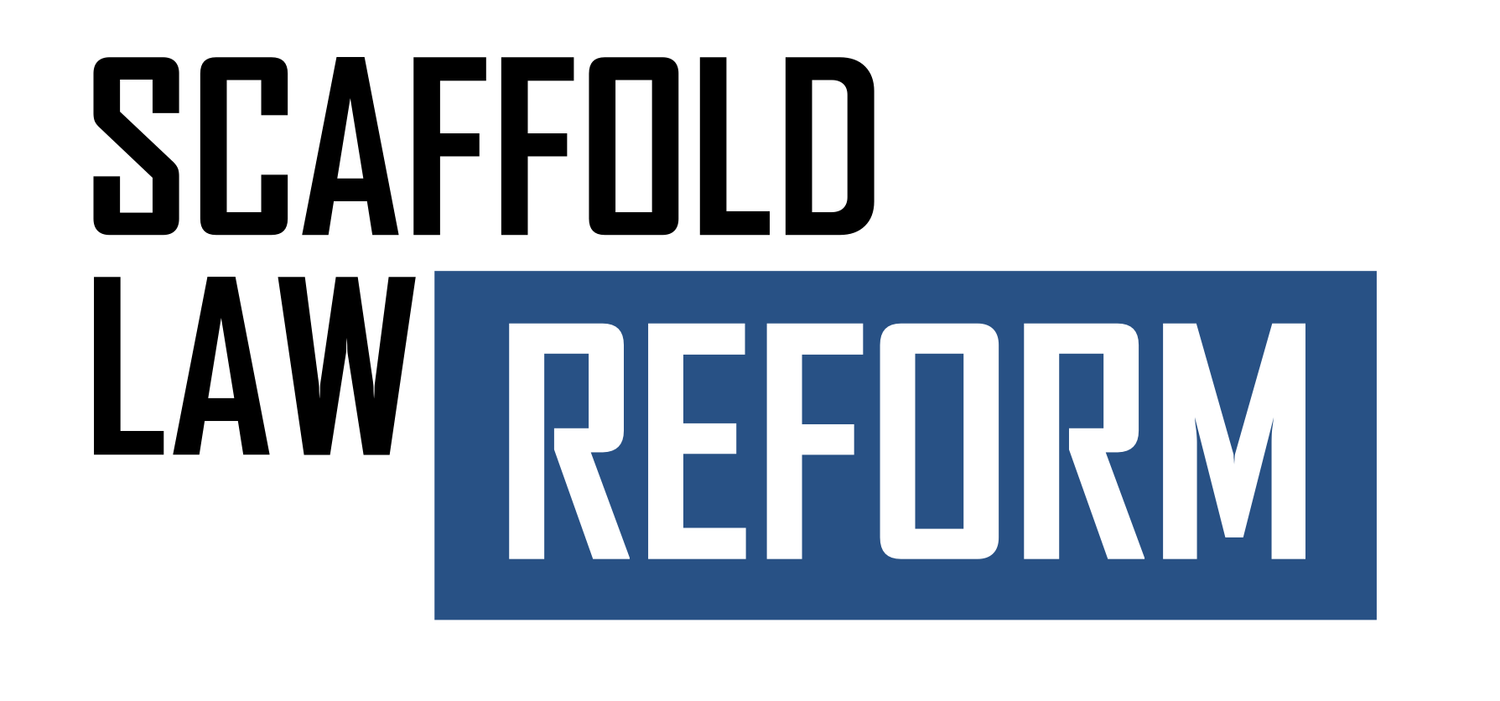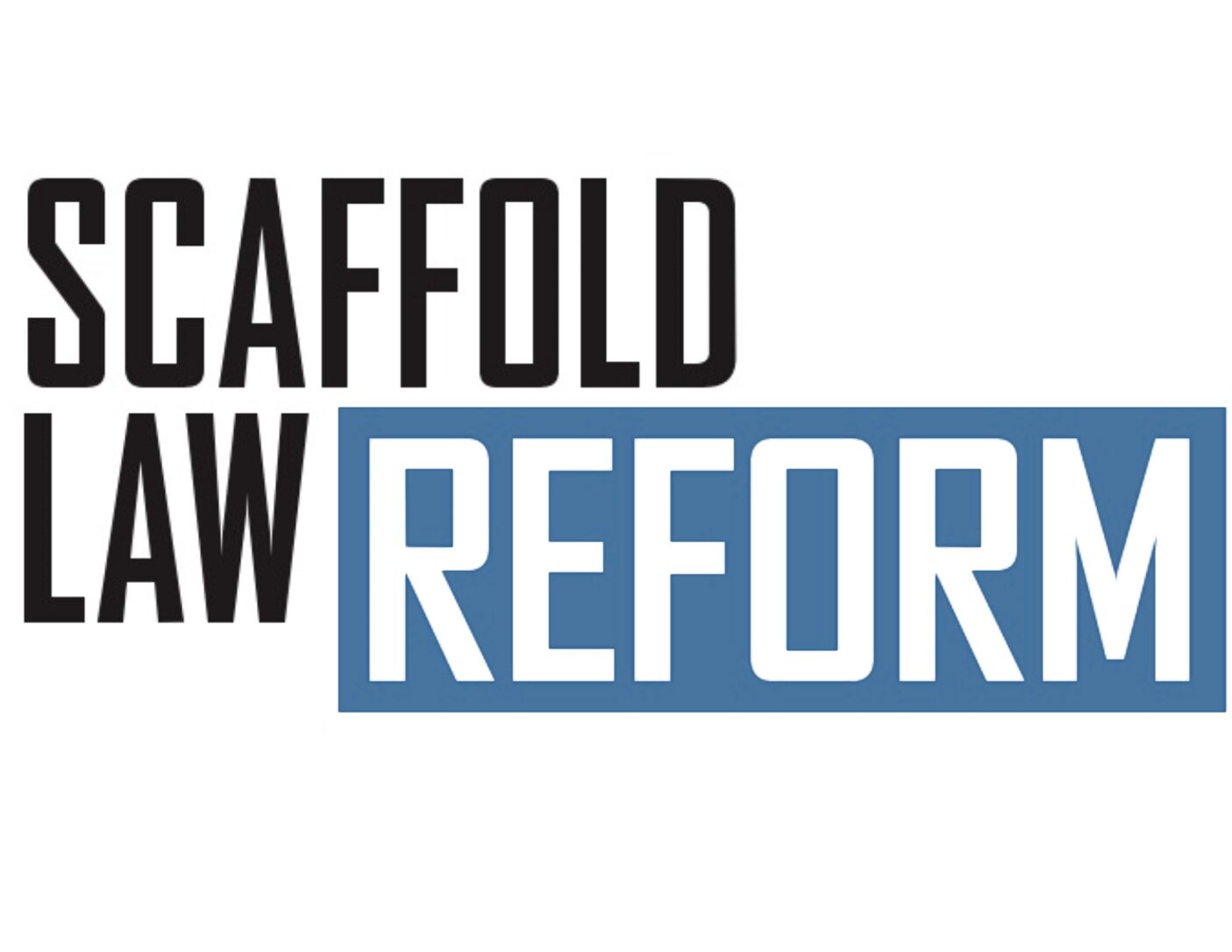Long Island Business News: Distrust of state proposals blamed for stunted growth of LI housing
By: LIBN Staff
While some have praised New York State for its attempts to tackle Long Island’s lack of affordable housing, zoning laws remain under the authority of local municipalities, and many believe that the power to address housing supply should stay within the community.
The state’s proposals, which include Gov. Kathy Hochul’s 2022 accessory apartments plan and Good Cause Eviction, a proposal which included a cap on annual rent increases, have been met with fierce opposition, especially from residents on Long Island.
“This is a community level decision–there is no one size fits all,” says Eric Alexander, director of Vision Long Island. “We honestly shouldn’t plan housing through a regional lens, because it simply invites massive backlash.”
According to Vision Long Island, during the period between 2012 and 2020, before the state’s proposed housing mandates, there were more supporters than opponents present at hearings for 136 of the 154 hearings for downtown, transit-oriented development (TOD), or multifamily projects in Nassau and Suffolk counties. Since then, supporters outnumbered opponents at only nine of 22 hearings for such projects.
Developers, planners, officials and residents can all attest to witnessing the fervent rejection of affordable housing proposals on Long Island by particularly aggrieved community members, often uncharitably referred to as NIMBYs, an acronym for the slogan ‘not in my backyard.’ Alexander says that while community opposition to development is nothing new, recent public hearings for housing proposals have been attended by non-local residents aiming to stop any housing development in the entire region. He suggests this is motivated by the proposed mandates, and why the state should leave zoning to the communities..
“The one project on Long Island that was subject to forced action (Matinecock Court in East Northport) took 45 years to be built,” notes Alexander. “These types of approaches are what you want to avoid.”
Developer Anthony Bartone, managing partner at Terwilliger & Bartone Properties in Farmingdale, agrees that overarching mandates are the wrong way to address the need for more affordable housing, and believes it can lead to distrust among residents. “The zoning we’d call into service in Greenport would be vastly different than Manhattan, and when the state tries to impose statewide zoning regulations, it sends a shockwave through the local communities, which then becomes a viral disease on social media.”
John Cameron Jr., executive principal of Cameron Engineering, an IMEG company, and chairman of the Long Island Regional Planning Council, also recognizes that the backlash against affordable housing is partly a response to attempts to override local zoning, as well as a rejection of the type of development being pushed by New York State. “There was a strong negative reaction to the governor’s efforts to supersede local zoning,” he says. “Long Islanders’ aversion to building height makes it difficult to get sufficient density for affordable units.” He points to the Town of Hempstead’s rescission of the transit-oriented development district surrounding the North Lawrence and Inwood LIRR stations, as well as multiple Article 78 lawsuits challenging the SEQRA (State Environmental Quality Review Act) process on approved residential developments as evidence of this sentiment.
Further complicating the response to the affordability crisis is the staggering cost of developing in our region, where prices for everything from materials to insurance have skyrocketed.
Bartone highlights New York State Labor Law 240/241, also known as the “Scaffold Law”, as a key driver of high insurance costs in our area, and an obstacle to development in general. Like many developers, he believes the law is to blame for the lack of competition among providers of builder’s insurance within the state, leaving too few firms with too much pricing power. “This particular law… has forced almost all insurance carriers to abandon New York, sending insurance rates into the stratosphere,” he says.
While various economic issues may continue to aggravate the pace of development in our area, regaining residents’ trust is essential to building more affordable housing locally.
Bartone’s company, Terwilliger & Bartone, fosters local support for its projects through public-private partnerships and educating community members, holding open meetings with their design development team, and sponsoring bus tours of other projects, helping to provide residents with a comprehensive perspective. “When residents are engaged in the process, shown real-life examples of comparable projects, and given the facts rather than disinformation via social media platforms, we find that it helps calm the anxiety that sometimes comes with new development,” Bartone says.
Some see hope for housing on the horizon, as the recent general election may have tipped the scales toward developers. “The impending changes in the federal government present various incentives to stimulate investment in development projects,” explains Cameron, “including an anticipated drop of interest rates, which should provide better financing costs for capital projects and release private capital, or ‘dry powder’ that has been waiting for some certainty on interest rates and capital gains, corporate and personal income tax rates. Significant capital is ready to invest.”
Alexander believes the most effective way for the state to spur housing development on Long Island is through funding. “We don’t get our fair share of New York State and federal subsidies for affordable housing,” he says. “Affordable units can’t really be built without government support, and these programs don’t fund more than one project per year, even when we may have five or six approved each year and ready to go.”

